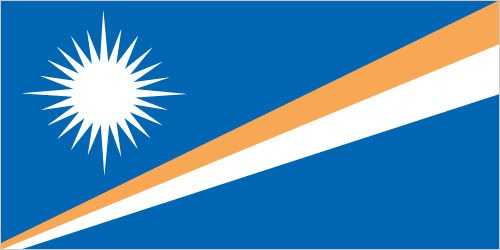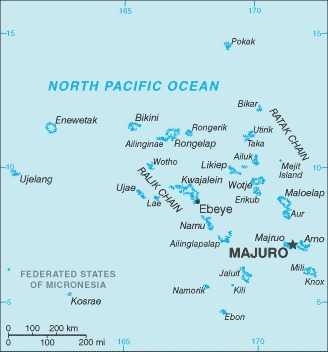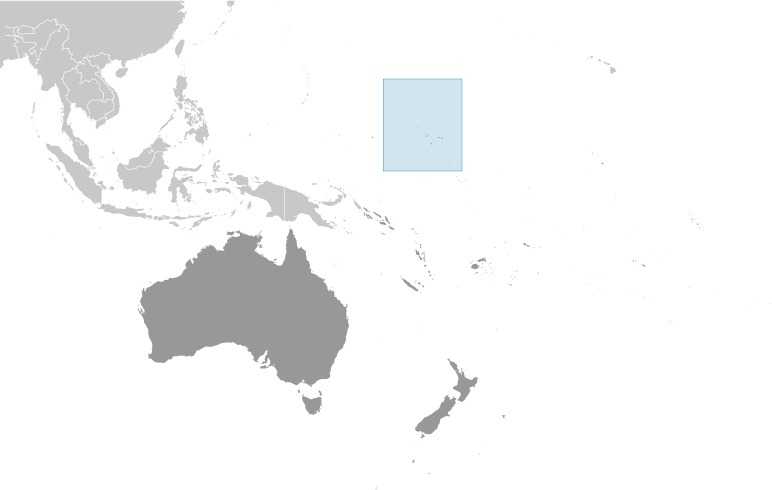Introduction
Visit the Definitions and Notes page to view a description of each topic.
Geography
People and Society
Population
comparison rankings: total 200; male 200; female 200
Median age
comparison ranking: total 169
Population growth rate
comparison ranking: 76
Birth rate
comparison ranking: 61
Death rate
comparison ranking: 211
Net migration rate
comparison ranking: 197
Maternal mortality ratio
comparison ranking: 49
Infant mortality rate
comparison ranking: total 77
Life expectancy at birth
comparison ranking: total population 130
Total fertility rate
comparison ranking: 61
Obesity - adult prevalence rate
comparison ranking: 4
Tobacco use
comparison ranking: total 18
Children under the age of 5 years underweight
comparison ranking: 40
Education expenditure
comparison ranking: Education expenditure (% GDP) 10
Environment
Carbon dioxide emissions
comparison ranking: total emissions 199
Government
Economy
Real GDP (purchasing power parity)
comparison ranking: 215
Real GDP growth rate
comparison ranking: 126
Real GDP per capita
comparison ranking: 155
Inflation rate (consumer prices)
comparison ranking: 157
GDP - composition, by sector of origin
comparison rankings: agriculture 35; industry 181; services 32
Industrial production growth rate
comparison ranking: 170
Gini Index coefficient - distribution of family income
comparison ranking: 71
Public debt
comparison ranking: 128
Taxes and other revenues
comparison ranking: 75
Current account balance
comparison ranking: 78
Energy
Communications
Telephones - fixed lines
comparison ranking: total subscriptions 212
Telephones - mobile cellular
comparison ranking: total subscriptions 218
Broadband - fixed subscriptions
comparison ranking: total 210
Transportation
Merchant marine
comparison ranking: total 6




